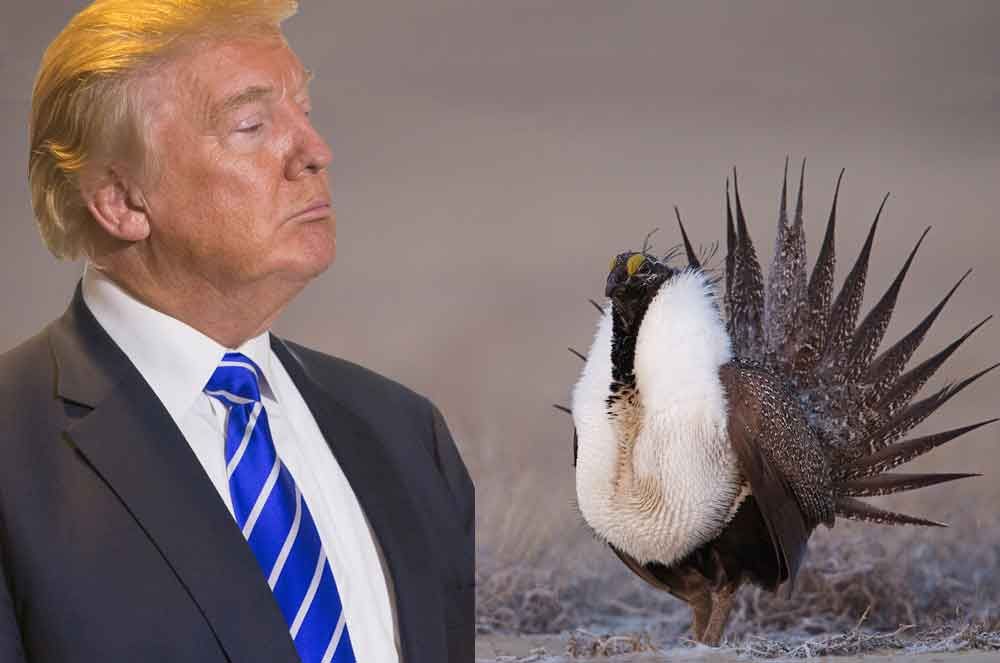What will happen to US public lands under Trump?
By Elisabeth Eaves | August 14, 2017

Under a government of the people, by the people, for the people, government-owned land belongs to the people—which is complicated when the people can’t agree on how they want it used. The Interior Department, now headed by former Montana congressman Ryan Zinke, is responsible for much of this public inheritance, managing a full one fifth of all US land. The vast majority lies west of the Mississippi, an area in which the federal government owns 47 percent of the territory.
While some of this land is set aside for conservation, much of it is available to be exploited by private companies, which lease rights to graze cattle, mine, and extract oil. Problematically for some of these businesses, the people have become aware that burning fossil fuels contributes to pollution and climate change. That’s why many of them, including conservationists, environmental groups, and some ranchers and Indian tribes, would like to see less coal extraction on public lands. But as Eric Lipton and Barry Meier write in the New York Times, just the reverse is happening under the current White House.
During the Obama administration, the Interior Department temporarily banned new coal leases on public lands and increased the royalties charged to mining companies. Under Donald Trump, the change to the royalty system is being rescinded. Meanwhile, some public lands are likely to shrink under Trump. He ordered an unprecedented review of 27 national monuments, areas that until now have had a status similar to that of national parks. The review is aimed at determining whether they should be abolished, reduced, or left untouched.
Everyone who cares about the fate of public lands is closely watching Zinke, an ex-Navy SEAL who sometimes rides a horse named Tonto to work. (Yes, in Washington, DC. Yes, Tonto was the name of the Lone Ranger’s Native American sidekick.) Conservationists at first took heart from Zinke’s stance against transferring federal lands to the states. And he has already recommended no changes to four national monuments—Colorado’s Canyon of the Ancients, Idaho’s Craters of the Moon, Washington’s Hanford Reach, and Arizona’s Grand Canyon-Parashant. Whew!
But Zinke also proposed significant reductions to Bears Ears National Monument in Utah, as High Country News reports, with further recommendations due by August 24th. (Follow High Country News for ongoing excellent coverage of public land.) And as the National Resources Defense Council eloquently noted, his Interior Department just “flipped sage grouse protectors the bird”—that is, it recommended more industrial development in territory inhabited by the sage grouse, a chicken-sized creature just a few feathers away from qualifying as an endangered species. What will Zinke do next?
Publication Name: New York Times
To read what we're reading, click here
Together, we make the world safer.
The Bulletin elevates expert voices above the noise. But as an independent nonprofit organization, our operations depend on the support of readers like you. Help us continue to deliver quality journalism that holds leaders accountable. Your support of our work at any level is important. In return, we promise our coverage will be understandable, influential, vigilant, solution-oriented, and fair-minded. Together we can make a difference.
Topics: Climate Change, What We’re Reading















